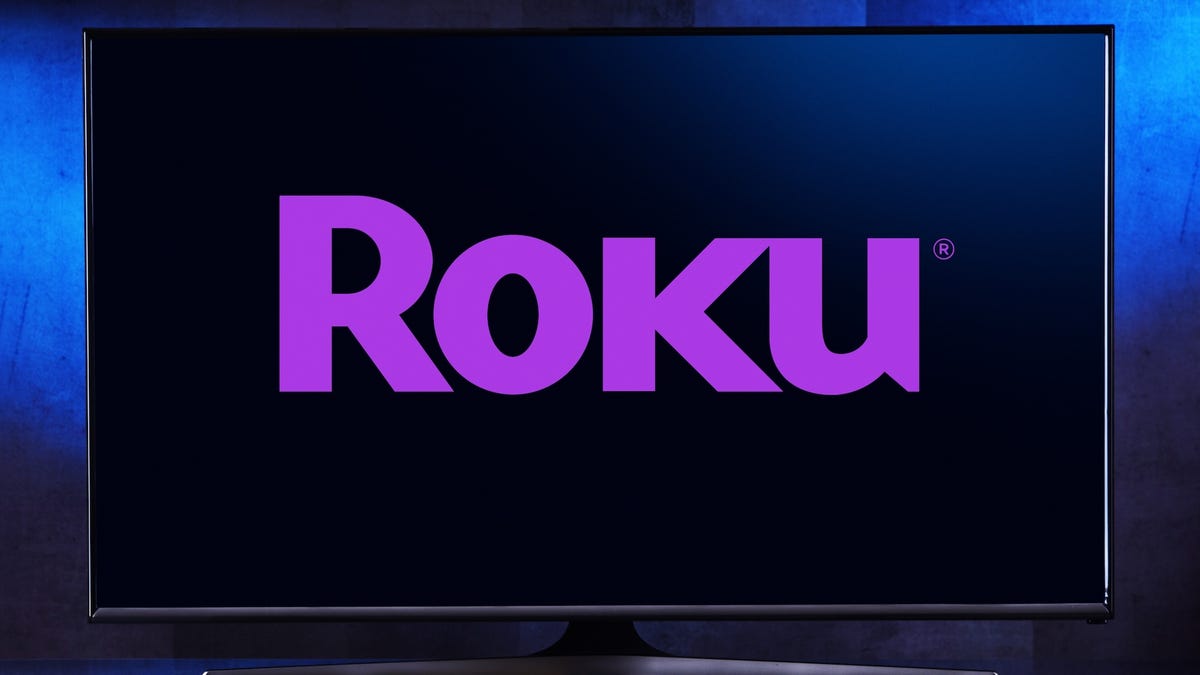Roku’s Ambition to Monetize Every Moment
Roku, as a company driven by profit, aims to maximize advertisement exposure by presenting ads to users whenever possible. Currently, when users switch from Roku’s streaming player to engage in activities such as playing video games on their Nintendo Switch or watching content on Apple TV, the opportunity to display ads is lost. However, Roku’s vision for the future includes a solution to this issue, particularly for Roku TV users.
The Innovative Patented System
The concept behind Roku’s advertising strategy is outlined in a patent application filed in November. This application, initially unnoticed, has recently gained attention through the discovery by the streaming newsletter Lowpass. The patent describes a system that can detect instances when users pause external hardware or software and seize these moments to display advertisements.
This system is believed to operate through an HDMI connection, indicating its capability to target users who engage with video games or external streaming services on Roku TVs. As aptly mentioned by Janko Roettgers from the Lowpass newsletter, Roku faces a challenge in monetizing idle TV moments when users switch to external devices, thereby limiting revenue potential.
Personalized Advertisement Delivery
Roku’s innovative approach involves delivering personalized ads that are relevant to the paused content. This is made possible through the utilization of audio or video-recognition technologies to analyze paused content or its metadata. By customizing ads based on the content being viewed, Roku aims to enhance user engagement and ad effectiveness.
While the patent application is pending approval and Roku has refrained from commenting on its specifics, it is essential to acknowledge that not all patented ideas materialize. Companies frequently file patents for diverse concepts, with only a fraction coming to fruition.
Potential Challenges and Concerns
Despite the potential benefits of Roku’s proposed system, concerns have been raised regarding user experience and the possibility of intrusive advertising. The idea of ads interrupting content from other providers during pause moments is unsettling to many. The risk of false detections, such as mistaking a gaming pause for a deliberate break, raises concerns about user frustration and disruption.
Roku assures that its system will employ meticulous monitoring methods, including frame analysis and audio silence detection, to accurately detect pause instances. However, the inherent unpredictability of user behavior raises skepticism about the system’s effectiveness and user acceptance. A scenario where a critical gaming moment is interrupted by an unexpected advertisement could lead to significant user dissatisfaction.
In conclusion, while Roku’s ambition to capitalize on idle screen moments is driven by commercial goals, the potential impact on user experience and content consumption raises important considerations. Balancing revenue generation with user satisfaction and engagement remains a crucial challenge in the evolving landscape of digital advertising.
Image/Photo credit: source url





